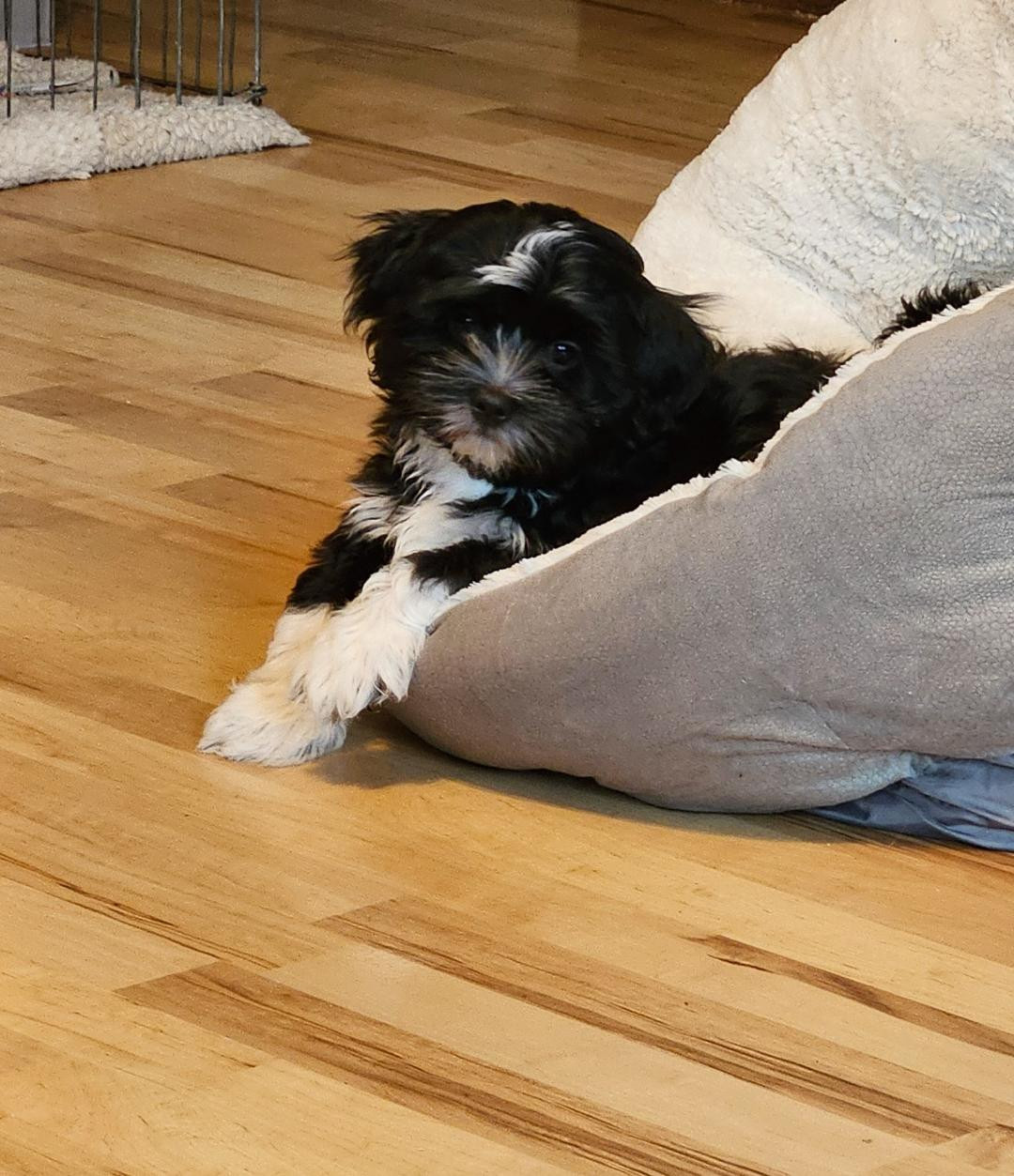
Congratulations on your new family member! We know you are super excited to bring your new little puppy home. We have a few suggestions to make this transition easier for both of you. Most of the products I list are on my website resource page.
Food and Water:
Our dogs tend to not like the shiny metal ones though they will sometimes or often eat out of them. Plastic bowls can leak out chemicals and also be hazardous if they start chewing on them. We recommend a ceramic or glass bowl.
The puppy is on Farmina N&D Lamb, Pumpkin, and Blueberry adult mini bites about 4 times a day or free feeding. They are getting soft food occasionally as needed or once a day.
Free choice water all times. We put water in pails or small dishes and we have also used a water fountain much like the cats use. We really like those as they keep the water flowing and moving and
and feels cleaner somehow.
Treats:
We only give treats that can be easily broken, we like to stay with treats that have very few or only 1 ingredient or are organic (we have found some beef treats at costco with beef as main ingredient, they also have duck but some of our adult dogs have gotten sick from it so we tend to stay away from this treat). The puppies love Grandma Lucy’s Organic Dog treats and they come in a variety of flavors. Currently we are giving the apple and the banana ones to them.
We do not advocate or advise using real bones, rawhide, hooves, all of which can cause obstructions. Greenies can cause upset stomach and even obstructions as well. We recommend Nylabone, the hard ones that are usually white in color. When they are chewed and have sharp points then they should be thrown away. There are also Dogswood or Antler dog chews that are very durable under chewing
Teeth/Breath cleaners:
You can get some safe chewable teeth and breath cleaners from a vet that do look similar to greenies as well as using a toothbrush for dogs.
Potty Training
The puppies use one corner of their pen for their potty training so having puppy pads would be very handy. Find a place that you will use consistently for the puppy pads then you can gradually move it towards the door to start working towards going outside.
Its helpful to teach a puppy voice commands so when the puppy pees choose the word you want to use for pee and praise the puppy each time and give a treat, same with the pooping – actually what works wonderful is using a special treat they only get when they do something extra special since teaching to poop on command is harder.
Harness/Leash:
The harness is easier and safer for these little ones then a collar as the pressure of pulling is based more in shoulders and back then on the neck. These little ones are used to a soft breakaway collar now so a light collar with their tags on is fine.
Bed:
The puppies love their soft beds but they will also sleep on a soft rug or blanket. The crates we use are mostly for them to go in and out of at will and they do lie them as their “cave”. We do not tend to leave a dog in a crate for any extended period of time.
Pen
You can get a portable pen that will give the puppy room to play while allowing them to have a bed, water, and puppy pad in there so they are contained. This is awesome for a puppy and a great alternative to a puppy being placed in a kennel for an extended period of time.
May your have Luv-N-Laughter throughout your Lives!!

We have covered the important vaccines and when to start but what about side effects, are there any? What should I watch out for?
To start with it's a good idea to speak with your vet before the vaccine to find out if that vaccine has any specific known reactions and to help you figure out what to watch for. There are the more normal reactions and the more serious reactions.
Similar to people, puppies can have some of the same effects. There can be tenderness or small bump at the injection site, drowsiness or lethargy, or even a low-grade fever, sneezing, or a decreased appetite. These are things to watch but do not necessarily have to be taken to the vet.
Also, just like humans, puppies can have more serious reactions such as persistent vomiting, diarrhea, instability (falling or uneven walking, stumbling), facial swelling (lips, eyes, face), a rash, and the most obvious - difficulty breathing. For any of these things, you should call the vet.
We never know if our puppy will be one of the ones that may have a reaction. There are some things we can do to prepare for an adverse reaction before it starts.
1) set the vet appointment in the morning, preferably for a day when you or another person is home to be able to watch for any adverse reactions. If there are some you can call the vet and get the puppy in during the vet's regular hours.
2) Ask your vet what the reactions could be or ask for a handout. If the vet suggests anything to have on hand. You can start creating an emergency kit.
3) If your puppy does have an adverse reaction, document it so that you can avoid it in the future.
Lastly - we always advise that you speak with your vet and follow their suggestions.
May your have Luv-N-Laughter throughout your Lives!!
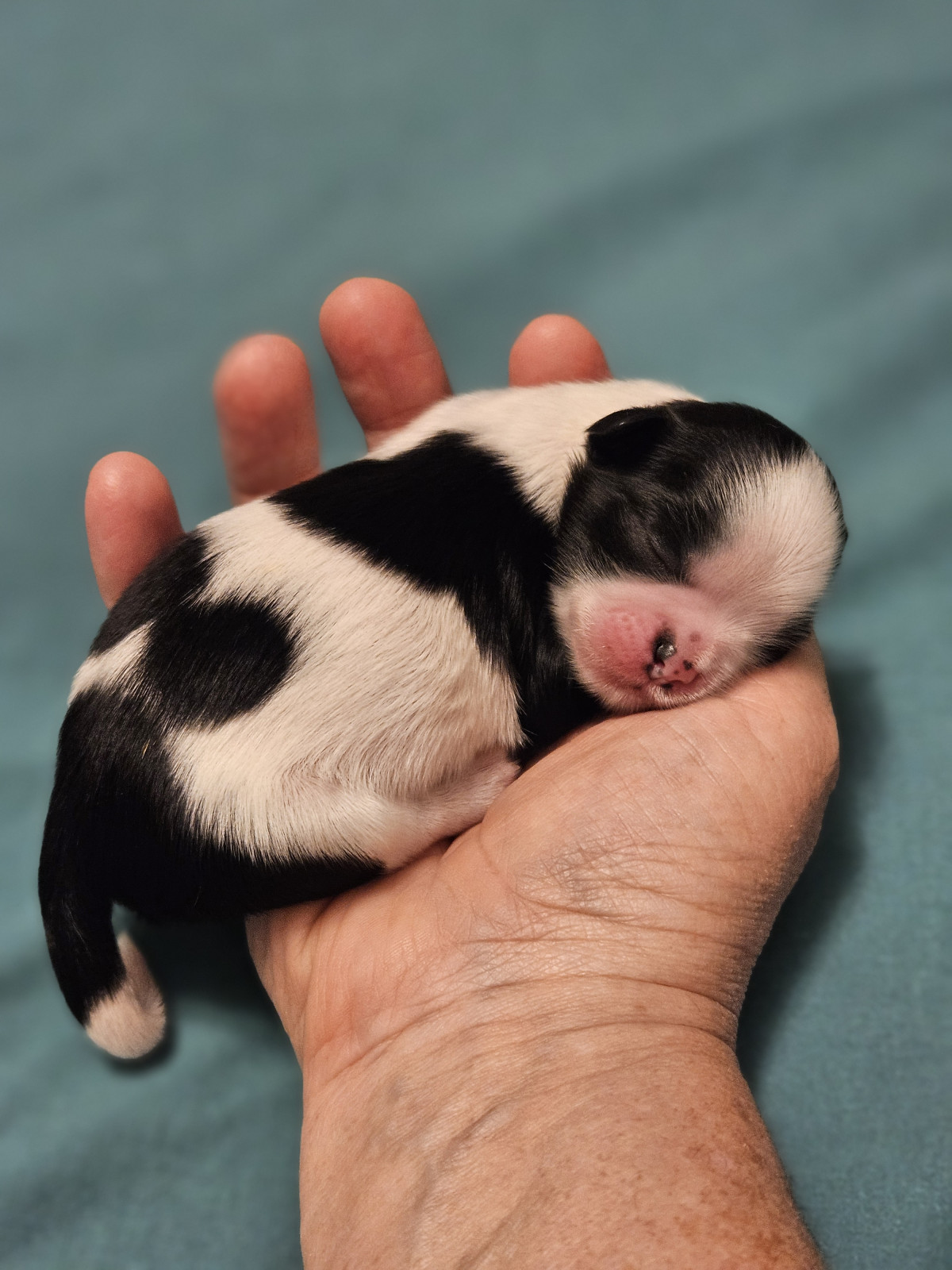
When should puppies get their shots?
Puppies get antibodies from their mother through nursing, which protects them until they are around 6 weeks old. We usually start their vaccines at 7 weeks to ensure they're protected when they return to their new homes.
How many shots do they need and how often? Our vet recommends three doses of a combination vaccine starting at 7 weeks, then every 3 weeks until they're done. At around 3 months old, they'll get a shot for Bordetella given as a nose spray. Most states also require a Rabies shot in the first year, followed by a booster every year to three years.
It's best to talk to your vet about the vaccine schedule and follow their advice. If you're worried about the number of shots, ask your vet to help you decide which ones are necessary based on where you live.
May your have Luv-N-Laughter throughout your Lives!!
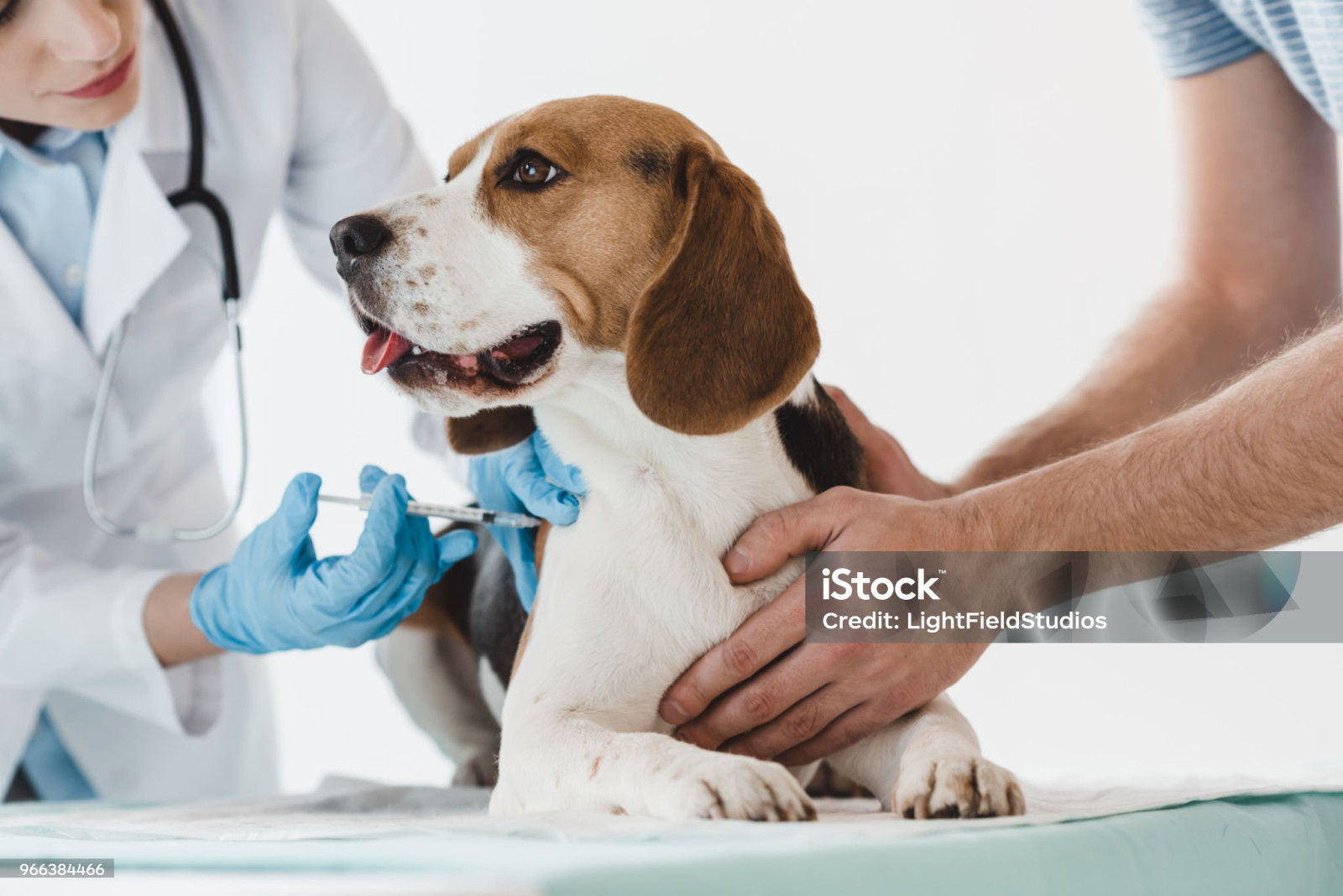
In today's world, there is increasing concern over the number of vaccinations puppies receive, leading many to question whether we are over-vaccinating. The decision to administer different types of vaccines—some considered necessary (core) and others optional (non-core)—is influenced by factors such as lifestyle, geographic location, and potential outbreak risks in specific areas.
Core vaccines include protection against severe diseases like Distemper, Adenovirus (canine hepatitis), Parvovirus, and Rabies, which are crucial due to their contagious nature and potential health risks. Non-core vaccines, such as those for Bordetella (kennel cough), Canine Influenza, Lyme disease, and Leptospirosis, are given based on specific risk factors and exposure likelihood related to your dog's environment and activities.
Understanding the necessity and implications of each vaccine helps in making informed decisions about your puppy's health. Evaluating both core and non-core vaccines in the context of your particular situation can ensure your puppy remains protected against serious diseases without unnecessary vaccinations.
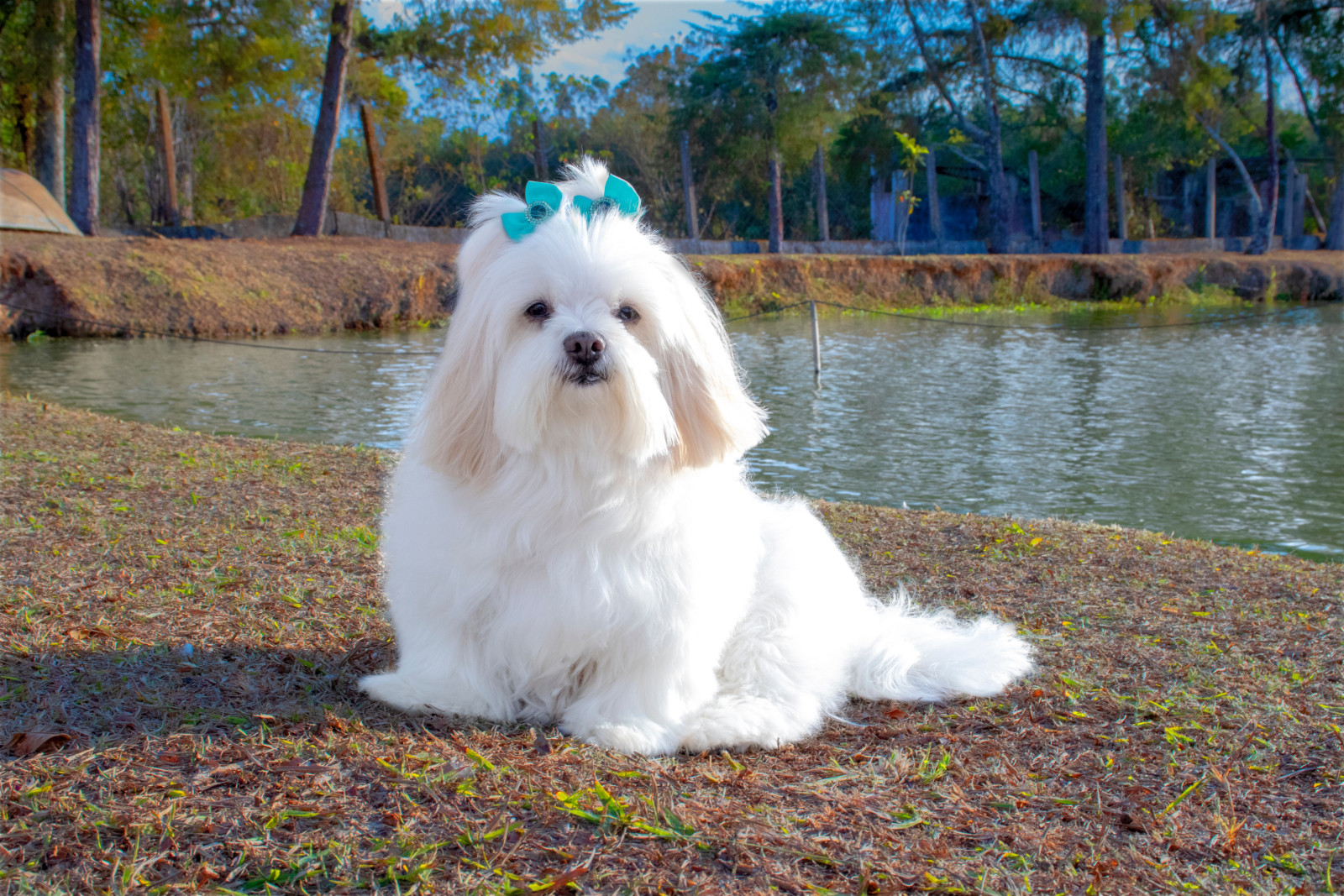
Did you know that the Lhasa Apso is a shed less dog? You would think with their long coats they would shed but no, they do not. They do require care though. The long coat needs constant brushing and cleaning to keep your dog, their coat, and their skin healthy. Many people opt instead to keep their dogs in a puppy clip which is much easier to maintain., To decide which is the best option for you and your dog lets talk a little about the pro's and con's of each.
Three benefits to a long coated Lhasa are:
- if you show the dog is required to have a long coat
- the dog regulates body temperature through their coat
- long coats look beautiful
Three cons to a long coat:
- coat matts and tangles
- gets muddy
- takes constant care and time
Three benefits to short coats
- easier to keep clean
- takes less time
- looks cute
Three cons to a short coat
- dog is unable to regulate temperatures/may get cold or hot
- need to take to the groomer more often
- may get more tangled as they grow out if you don't clip on a regular schedule.
As you see there are plusses and minuses of both long and short coats. both can cost money, both have grooming needs. It comes down to your personal preferences and the time you have to spend.
Check out my resource page on my website for some of my favorite grooming tools, shampoos and other dog related items.
May your have Luv-N-Laughter throughout your Lives!!

Whether your dog has a long coat or short coat they will need groomed and if your dog is anything like mine they will need bathed more often than you hoped, especially in winter. I like to have a kit ready to just bring out when i groom my dogs and I want to share a few of my favorite items in my kit.
1) a metal comb (I actually have both fine and wider toothed comb's) These help me to get tangles out of my long coated dog
2) a slicker brush which is used after or while you have tangles to brush through the coat
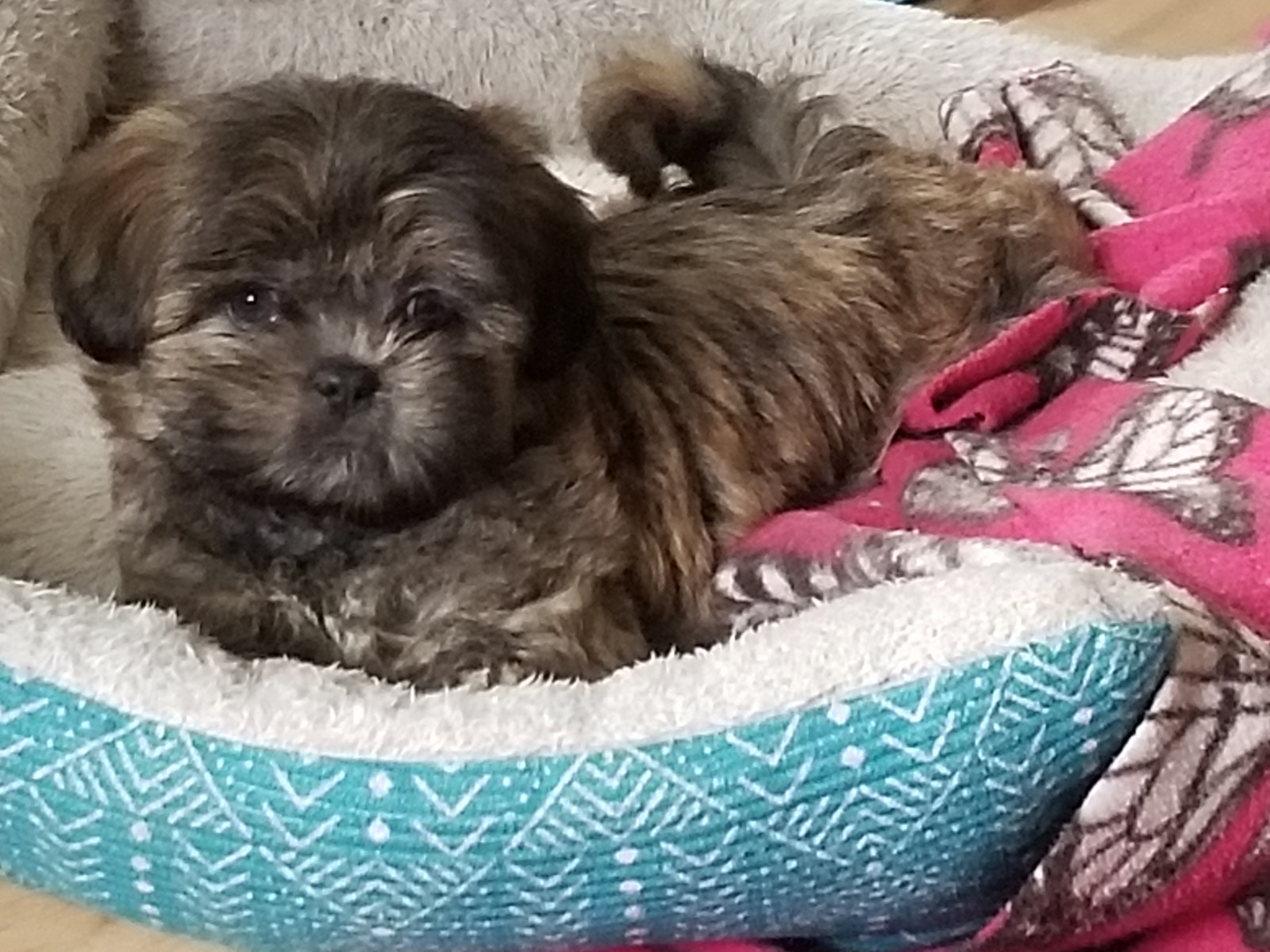
Discover the incredible qualities of the Lhasa Apso dog, a breed that is known for stealing the hearts of their owners. Standing at less than a foot tall, these smart, confident, and regally aloof dogs are both compact and robust. Our own Lhasa Apso, Muffy, proved to be incredibly intelligent, even unwrapping her Christmas gifts before the big day.
Originating from Tibet, these dogs were revered in villages and monasteries where they served as temple guard dogs. In fact, they were even called "bark lion sentinel dogs." Gifted to the United States by the Dalai Lama himself, these dogs have found their way into the homes and hearts of many. Known for their unwavering loyalty, they are always found at our feet, offering love and protection. Once you experience the special bond with a Lhasa Apso, you'll understand why they are so treasured.
Read more...


